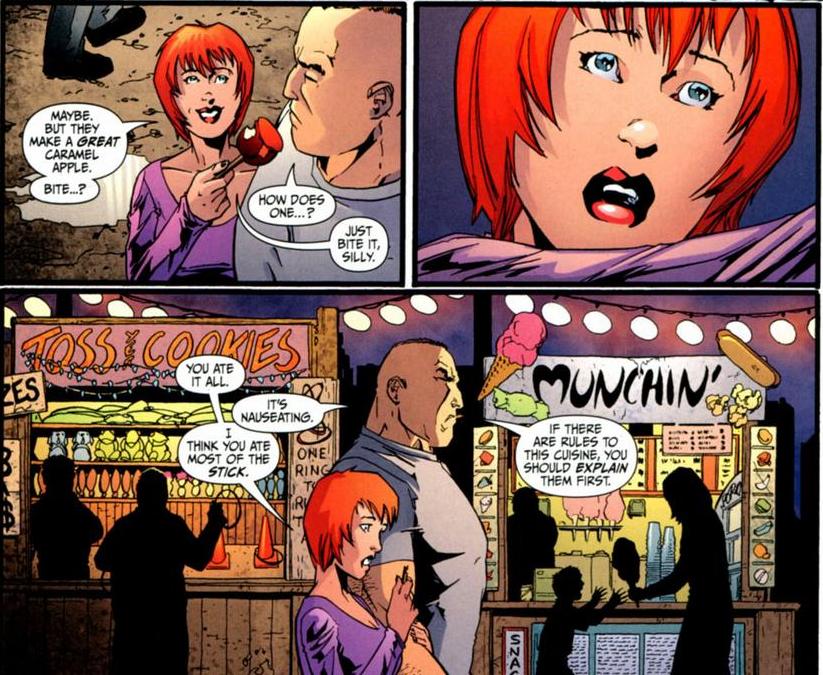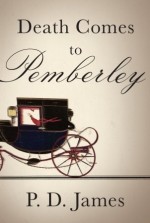 Book: “Lovecraft Country” by Matt Ruff
Book: “Lovecraft Country” by Matt Ruff
Publishing Info: Harper, February 2016
Where Did I Get This Book: The Library!
Book Description: The critically acclaimed cult novelist makes visceral the terrors of life in Jim Crow America and its lingering effects in this brilliant and wondrous work of the imagination that melds historical fiction, pulp noir, and Lovecraftian horror and fantasy
Chicago, 1954. When his father Montrose goes missing, twenty-two year old Army veteran Atticus Turner embarks on a road trip to New England to find him, accompanied by his Uncle George—publisher of The Safe Negro Travel Guide—and his childhood friend Letitia. On their journey to the manor of Mr. Braithwhite—heir to the estate that owned Atticus’s great grandmother—they encounter both mundane terrors of white America and malevolent spirits that seem straight out of the weird tales George devours.
At the manor, Atticus discovers his father in chains, held prisoner by a secret cabal named the Order of the Ancient Dawn—led by Samuel Braithwhite and his son Caleb—which has gathered to orchestrate a ritual that shockingly centers on Atticus. And his one hope of salvation may be the seed of his—and the whole Turner clan’s—destruction.
A chimerical blend of magic, power, hope, and freedom that stretches across time, touching diverse members of one black family, Lovecraft Country is a devastating kaleidoscopic portrait of racism—the terrifying specter that continues to haunt us today.
Review: As a fan of horror literature, it’s no surprise that I do have a fondness for the works of H.P. Lovecraft. Last year my husband got me the complete annotated Lovecraft for our anniversary, and it sits on my shelf in it’s huge and daunting glory. Cthulhu is also one of the most badass literary monsters out there. But here is the thing about Lovecraft: He was an unrepentant racist and white supremacist. People can trot out the ‘man of his time’ argument, but that doesn’t matter at the end of the day. I don’t think that there is a problem enjoying his works and his writing, but to deny that other side of him is inherently dishonest and problematic.
And that brings us to “Lovecraft Country” by Matt Ruff. Ruff takes the works of Lovecraft and pays homage to them while simultaneously exploring and exposing American racism. He splits this book into multiple parts that all have their own little twists on Lovecraft stories or Lovecraft themes, and while they could probably stand alone, they all combine into an overarching narrative. While all of these stories have magical elements, from a haunted house to a magical cult of sorcerers to a magic elixir, all of these elements are connected to race. The haunted house does house a ghost, but the creaks and bumps in the night may also be the neighbors who are angry that a black woman has moved in. The sorcerer cult hopes to use Atticus as a vessel, as his ancestor was a slave who was raped by her master and started his recent familial line. The magical elixir gives a black woman the ability to turn white when it would be beneficial to her. They all reek of Lovecraft, but are so much more.
Our protagonists, led by Atticus Turner, are all members of an African American family in Jim Crow Era America, but their hardship and experiences of violent racism are by no means limited to the Deep South. Atticus has his uncle’s “Safe Negro Travel Guide” (based on “The Green Book”) to tell him what areas are or aren’t safe for him and George to be in, but that doesn’t keep him immune or safe from non-magical threats such as racist cops and locals who threaten or even give chase to them. It was pretty clear from the get go that the greatest threats in this book were not going to be Cthulhus or ancient ones, but White America and the hatred and bigotry that it stewed in during the time period of the novel. On the cover of this book, designed to look like a pulp novel, there are a number of things that show you just what you’re getting into. The blurb that sticks out says ‘America’s Demons Exposed!’, and right below it there are images of ghostly figures that look a whole lot like the Klan. This book is less about Lovecrafts works, and more about Lovecrafts thoughts, thoughts that were shared by people in all parts of America. And I think that Ruff did a great job of using this theme to talk about the ugliness that still haunts us today, even though we as a country are so uncomfortable thinking and facing that. America’s demons indeed.
And plus there were definitely some really creepy parts in this book. My favorite section was that of the Haunted House, “Dreams of the Which House” (a play on Lovecraft’s “Dreams in a Witch House” in both title and theme). The story concerns Letitia, Atticus’ childhood friend who had accompanied him on his road trip. She is looking to buy a house, and the one that Letitia settles on is in an all white neighborhood. It’s also very cheap because it’s haunted. So when Letitia is spending time in this house, there are strange and scary things that the ghost does. But then, there is an even bigger threat from the neighbors, who have started to harass Letitia just as much as a ghost might. I liked this one the best because I liked Letitia, I liked how she interacted with the ghost, and I liked how she made a stand in her house against ghost and Klan alike. Ruff also did a very good job of addressing racism in housing and property rights in this chapter, and microaggressions faced in day to day living (with Letitia and Atticus both being assumed to be ‘the help’ in her own home by white characters).
And I should say that while I think that Ruff did a good job, my perspective is that of a white woman, so if there are issues that POC have with this interpretation of racial oppression and bigotry, please do let me know.
“Lovecraft Country” is a book that I hope Lovecraft fans will read. I hope that many people will read it, as it explores themes that we simply can’t ignore.
Rating 8: A very well done horror story on both supernatural and realistic levels.
Reader’s Advisory:
“Lovecraft Country” is included on these Goodreads lists: “Quality Dark Fiction”, and “Best Weird Fiction Books”.
Find “Lovecraft Country” at your library using WorldCat!

 Book: “Unspoken” by Sarah Rees Brennan
Book: “Unspoken” by Sarah Rees Brennan Book: “The Vampire Lestat” by Anne Rice
Book: “The Vampire Lestat” by Anne Rice

 We are part of a group of librarian friends who have had an ongoing bookclub running for the last year and a half. Each “season” (we’re nerds) we pick a theme and each of us chooses a book within that theme for us all to read. Our current theme is “Books with Movie Adaptations.”
We are part of a group of librarian friends who have had an ongoing bookclub running for the last year and a half. Each “season” (we’re nerds) we pick a theme and each of us chooses a book within that theme for us all to read. Our current theme is “Books with Movie Adaptations.” 
 Book: “The Girl Who Soared Over Fairyland and Cut the Moon in Two” by Catherynne M. Valente
Book: “The Girl Who Soared Over Fairyland and Cut the Moon in Two” by Catherynne M. Valente

 Book: “Secret Six (Vol.6): The Darkest House” by Gail Simone and Jim Calafiore (Ill.).
Book: “Secret Six (Vol.6): The Darkest House” by Gail Simone and Jim Calafiore (Ill.).
 Book: “The Keeper of the Mist”
Book: “The Keeper of the Mist” Book: “My Best Friend’s Exorcism” by Grady Hendrix
Book: “My Best Friend’s Exorcism” by Grady Hendrix

 Fantasy Title: “Enchantment” by Orson Scott Card
Fantasy Title: “Enchantment” by Orson Scott Card Science Fiction Title: “Ready Player One” by Ernest Cline
Science Fiction Title: “Ready Player One” by Ernest Cline Mystery Title: “Crocodile on the Sandbank” by Elizabeth Peters
Mystery Title: “Crocodile on the Sandbank” by Elizabeth Peters Historical Title: “Death Comes to Pemberley” by P.D. James
Historical Title: “Death Comes to Pemberley” by P.D. James

 Graphic Novel Title: “Roller Girl” by Victoria Jamieson
Graphic Novel Title: “Roller Girl” by Victoria Jamieson Book: “The Girl Who Fell Beneath Fairyland and Led the Revels There” by Catherynne M. Valente
Book: “The Girl Who Fell Beneath Fairyland and Led the Revels There” by Catherynne M. Valente